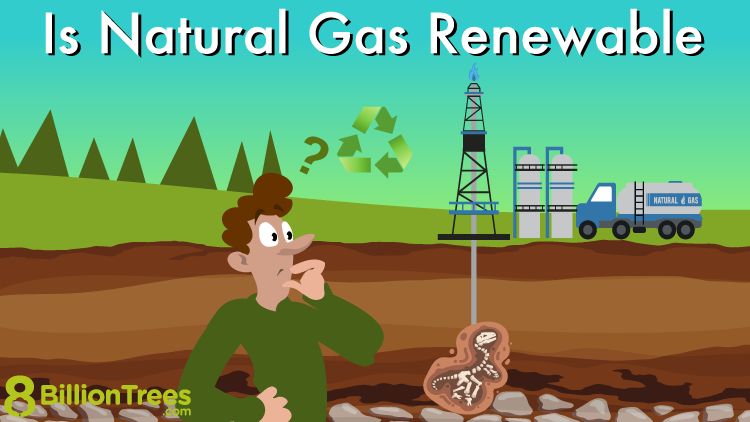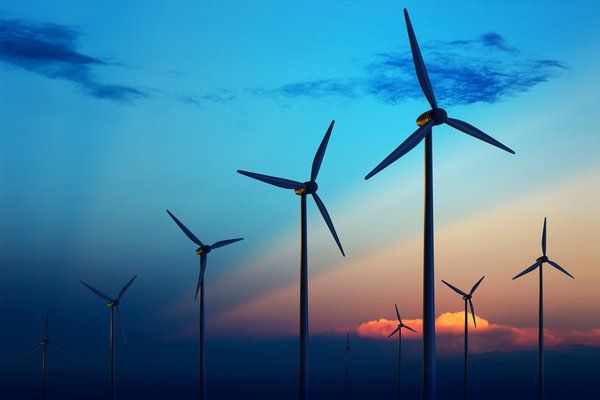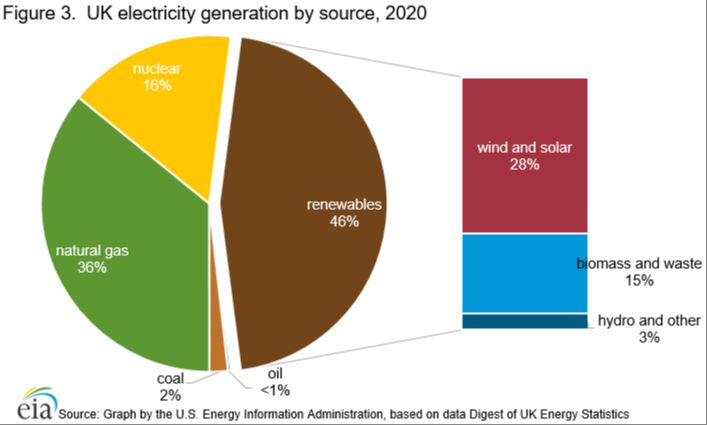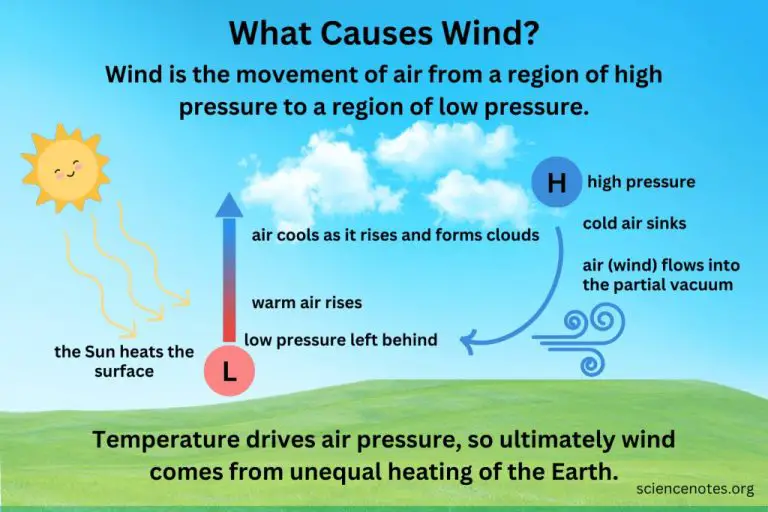Can Offshore Wind Power The World?
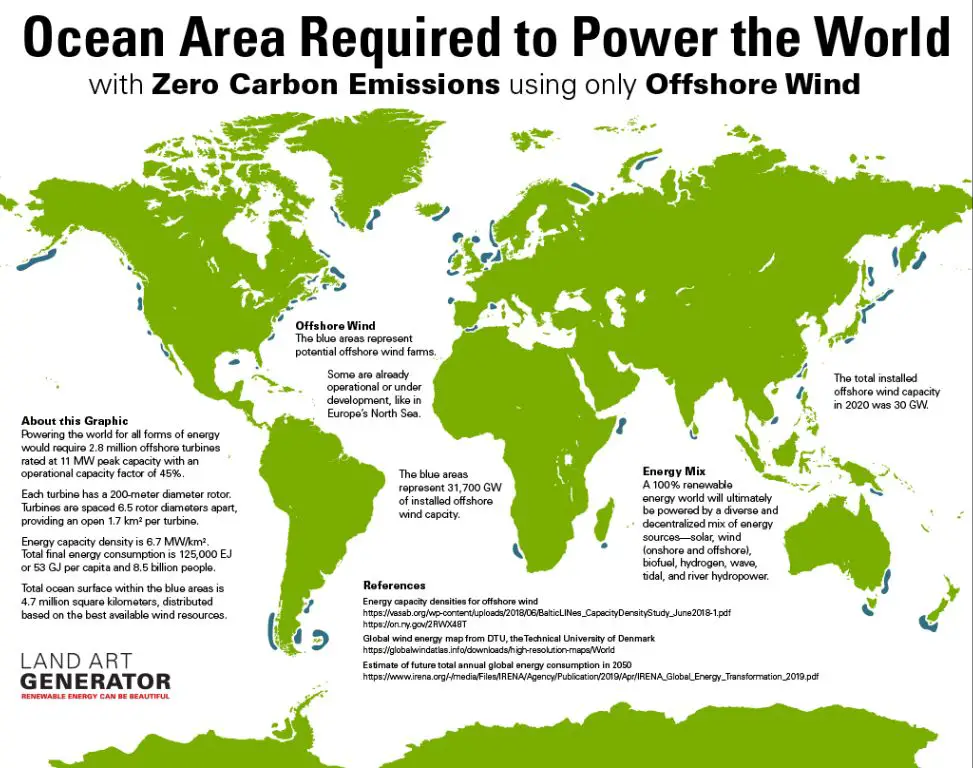
Offshore wind power utilizes wind turbines to harvest wind energy in bodies of water, usually oceans, bays and lakes. As a renewable source of energy, offshore wind has enormous potential to help meet rising global energy demands and combat climate change. With strong and consistent winds over water, offshore turbines can generate more electricity than onshore wind power. While offshore wind currently accounts for just <0.1% of global electricity supply, capacity has been scaling rapidly and could grow over 15-fold by 2040. With steady technological advances and cost reductions, offshore wind can play a major role in the global transition to clean energy.
Current Capacity
As of 2022, the total installed capacity of offshore wind turbines worldwide is just over 57 GW, with the vast majority located in Europe and Asia. China leads with over 25 GW of installed capacity, followed by the UK at almost 12 GW and Germany at 8 GW (Statista, 2023). Other top countries include Denmark, Netherlands, Belgium and Vietnam, all with over 1 GW of offshore wind installed. While capacity is still concentrated in Europe and Asia, growth is accelerating in new markets like the United States, which had just 42 MW installed as of 2020 but has plans to expand to over 25 GW by 2030 (IEA, 2019). Overall, global offshore wind capacity has grown nearly 30% per year over the past decade and is projected to reach 234 GW by 2030.
Potential Capacity
The technical potential for offshore wind globally is truly massive. According to the International Energy Agency (IEA), offshore wind has a “remarkable potential” with enough suitable areas to potentially generate over 420,000 TWh per year. This is more than 18 times global electricity demand today (https://www.iea.org/energy-system/renewables/wind).
The Global Wind Energy Council (GWEC) estimates the offshore wind potential at approximately 1,200 GW, mainly concentrated in the North Sea, the Baltic Sea, the Gulf of Mexico and the waters off China (https://gwec.net/wp-content/uploads/2021/09/GWEC-Global-Offshore-Wind-Report-2021.pdf). If realized, this capacity alone could generate around 420,000 TWh per year.
The technical resource potential for offshore wind is practically unlimited. With floating turbines opening up deeper waters, offshore wind has the potential to play a major role in powering the world with renewable energy.
Costs
The cost of offshore wind power has declined substantially in recent years, but remains higher than other energy sources. According to India’s Central Electricity Authority, the capital cost per MW of offshore wind in India is estimated at Rs 194.1 million (around $2.5 million) for projects commissioned in 2027-2028 (source). This is down from over Rs 220 million per MW a decade ago.
In comparison, onshore wind power costs around Rs 55-60 million per MW and solar PV costs Rs 40-45 million per MW. The higher capital costs for offshore wind stem from the more complex foundations, turbines, and seabed transmission infrastructure required.
Operating costs for offshore wind are also estimated to be higher at around Rs 2.5 million per MW, versus Rs 1.25 million for onshore wind and Rs 1 million for solar PV. Maintenance is more expensive due to the marine environment and difficulties accessing offshore turbines.
However, experts project continued cost reductions as turbine sizes increase, foundations become more standardized, and supply chains mature. With economies of scale, offshore wind costs could fall 30-40% by 2030 (source). This could make offshore wind competitive with other renewable sources in the next decade.
Challenges
Offshore wind energy faces several key challenges related to construction, maintenance, and transmission. First, constructing wind turbines offshore comes with higher costs and complexity compared to onshore projects. Turbines must be secured to the seafloor in waters sometimes hundreds of feet deep, requiring specialized equipment and vessels (source). Maintenance is also more difficult offshore, as repairs often require the use of boats and cranes which can only operate in good weather. This leads to higher operation and maintenance costs.
Transmitting the generated electricity back to shore also poses engineering hurdles. Cables must be buried underground or span long distances. Connecting multiple distant offshore sites compounds the complexity. Upgrading onshore grid infrastructure to handle large fluctuating offshore capacity represents another obstacle (source). Together, these challenges make offshore wind a more technically difficult and costly energy source compared to onshore options.
Solutions
Innovations in offshore wind technology have the potential to significantly reduce costs further. According to a Windeurope report https://windeurope.org/newsroom/news/innovations-in-floating-wind-technologies-key-to-futher-cost-reductions/ floating offshore wind is maturing and has the potential to unlock vast new offshore wind resources. Advancements in floating foundations and larger turbines can decrease costs. A NREL report https://www.nrel.gov/docs/fy23osti/81819.pdf details pathways to cost reductions through technology innovations and economies of scale.
Some key areas of innovation include:
- Improving turbine efficiency – Larger, more efficient turbines can capture more wind energy and reduce the number needed per project. According to NREL, turbines have increased from 2-3 MW capacities in 2000 to 12-15 MW today.
- Floating turbines – Floating foundations allow access to the abundant wind resources in deeper waters further offshore. This expands areas for development and can reduce costs by tapping stronger, more consistent winds.
- HVDC transmission – High voltage direct current transmission lines have lower energy losses over long distances. This can enable connecting offshore sites to onshore grids hundreds of miles away.
Projections
Offshore wind capacity is projected to see exponential growth in the coming years. According to the U.S. Department of Energy’s 2022 Offshore Wind Market Report, global offshore wind capacity is forecasted to reach over 234 GW by 2030, up from just over 35 GW at the end of 2021. This represents an over 6x increase in less than a decade.
The DOE projects continued rapid growth beyond 2030 as well. By 2050, total global offshore wind capacity could reach over 2,100 GW, a massive 60x increase from current levels. This would require sustaining average annual growth rates above 20% through 2050.
A report by Accenture and the Offshore Renewable Energy Catapult forecasts a near-term growth rate for offshore wind of 15-20% annually between 2020 and 2025 before plateauing slightly in the late 2020s. However, they still expect strong double-digit growth to continue through at least 2030 based on policy commitments and cost reduction trends.
Case Studies
Some of the largest and most successful offshore wind projects demonstrating the viability and potential of offshore wind power at scale include:
The London Array in the UK, which was the largest offshore wind farm in the world when completed in 2013, with a capacity of 630 MW. It was surpassed as the world’s largest in 2020. (List of offshore wind farms)
The Hornsea Project One in the UK, which became the world’s largest offshore wind farm when completed in 2020, with a capacity of 1.2 GW. It demonstrated the feasibility of building enormous offshore capacity. (The world’s largest offshore wind farm produces its first power)
The Dogger Bank Wind Farm in the UK, which is currently under construction in phases. When fully completed in 2026 it will be the largest offshore wind farm in the world with a total capacity of 3.6 GW, showing the potential for multi-gigawatt scale projects. The first phase began producing power in 2022. (World’s largest offshore wind farm Dogger Bank produces)
Role in Future
Offshore wind power will play a major role in the transition to renewable energy and reducing global emissions. According to a study published in Environmental Research Letters, rapidly scaling up offshore wind to 100 GW worldwide by 2030 could avoid over 3.3 gigatonnes of CO2 emissions over the next decade (Cranmer, 20201). With many countries setting goals to reach net zero emissions by 2050, offshore wind will be a key technology to achieve these climate targets.
The DOE report on the potential for offshore wind in the United States predicts that harnessing 86 GW of offshore capacity by 2050 would avoid 1.1 billion metric tons of greenhouse gas emissions (Clean Air Task Force, n.d.2). As the world continues to transition away from fossil fuels, offshore wind can provide abundant clean electricity to power homes and businesses without producing carbon emissions.
Research shows offshore wind capacity could reach 8-11 terawatts worldwide by 2050, generating over 36,000 TWh per year (Deng, 20223). This would play a major role in decarbonizing the global energy system and limiting global warming to 1.5°C or lower in line with the Paris Agreement. With ambitious growth and supporting policies, offshore wind can be a leading renewable technology helping the world achieve a net zero carbon future.
Conclusion
In summary, offshore wind has the potential to play a major role in powering the world, but it faces some challenges. The technology for offshore wind farms has advanced rapidly in recent years, bringing down costs and allowing larger turbines to be built further from shore. Total global offshore wind capacity could theoretically reach over 420,000 TWh per year, far exceeding projected global electricity demand. However, high upfront capital costs, grid integration complexities, environmental concerns, and other issues must still be addressed. With continued technology improvements, supportive government policies, and private investment, offshore wind capacity is likely to grow substantially in the coming decades. While it is unrealistic to expect offshore wind alone to provide all of the world’s electricity, it can make a significant contribution as part of a diversified clean energy portfolio. With careful planning and management, offshore wind can be a key technology in the transition to a decarbonized global energy system.

